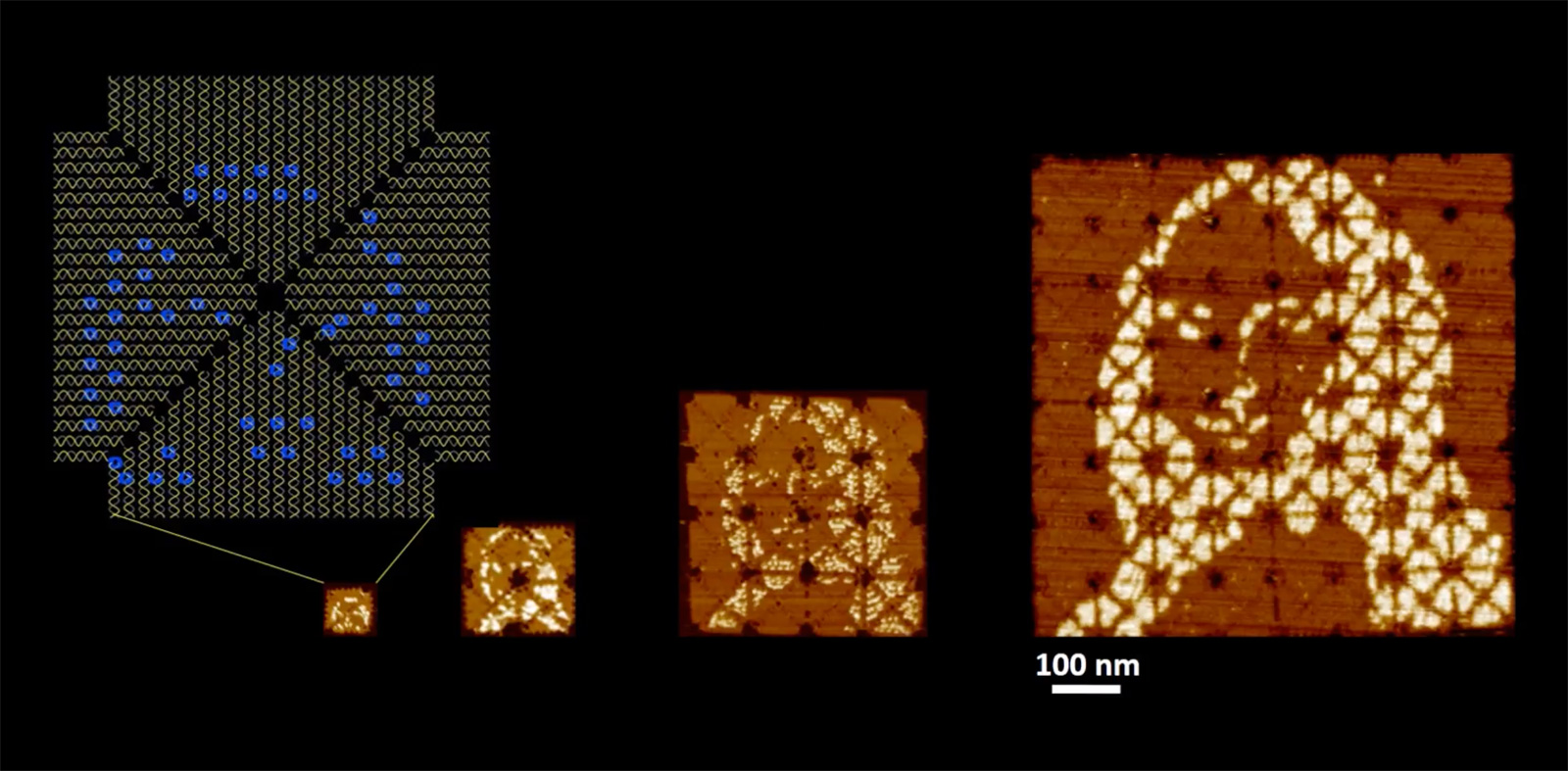
NASA is no stranger to shooting lasers at spacecraft orbiting the moon (seriously), but it's now moving beyond "basic" tasks like tracking their location. The space agency announced yesterday that it has successfully demonstrated one-way laser communication with a satellite orbiting the moon for the first time. For that milestone, NASA chose to send an image of the Mona Lisa, which was transmitted to the Lunar Reconnaissance Orbiter in a series of laser pulses beamed from NASA's Goddard Space Flight Center in Greenbelt, Maryland. Not surprisingly, that means of communication introduced its share of challenges, including interference from turbulence in the Earth's atmosphere. To compensate for that, NASA used what's known as Reed-Solomon coding to reconstruct the image (pictured after the break), which is the same process used for error correction in CDs and DVDs. You can find more details from NASA, and a video explaining the whole process, at the source link below.
[Image credit: NASA, Tom Zagwodzki/Goddard Space Flight Center]

Filed under: Science, Alt
Comments
Via: The Inquirer
Source: NASA
 Leonardo da Vinci's Mona Lisa painting isn't actually that big (30 inches tall), but Caltech researchers have found a way to make that seem downright gargantuan. They've used DNA to construct the smallest known Mona Lisa. At several hundred nanomet...
Leonardo da Vinci's Mona Lisa painting isn't actually that big (30 inches tall), but Caltech researchers have found a way to make that seem downright gargantuan. They've used DNA to construct the smallest known Mona Lisa. At several hundred nanomet...
 Leonardo da Vinci's Mona Lisa painting isn't actually that big (30 inches tall), but Caltech researchers have found a way to make that seem downright gargantuan. They've used DNA to construct the smallest known Mona Lisa. At several hundred nanomet...
Leonardo da Vinci's Mona Lisa painting isn't actually that big (30 inches tall), but Caltech researchers have found a way to make that seem downright gargantuan. They've used DNA to construct the smallest known Mona Lisa. At several hundred nanomet...

